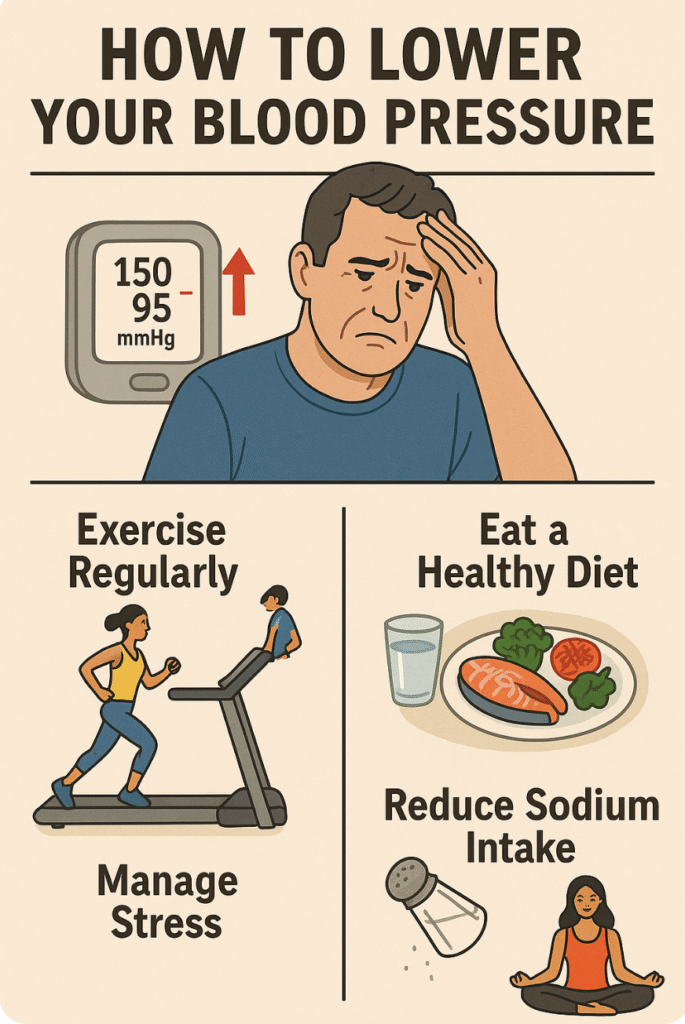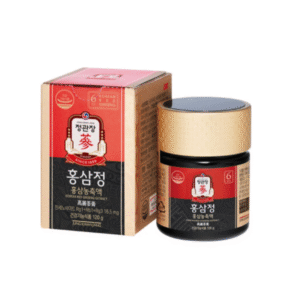High blood pressure, or hypertension, is one of the most common yet silent health conditions worldwide. According to the World Health Organization (WHO), nearly 1.28 billion adults between ages 30 and 79 are affected by hypertension—many without knowing it. Left untreated, it can lead to severe complications such as stroke, heart attack, kidney failure, and vision problems.
This article provides a comprehensive, evidence-based overview of how to lower and manage blood pressure naturally, following the Google Health Content and E-E-A-T (Experience, Expertise, Authoritativeness, Trustworthiness) guidelines to ensure accuracy, reliability, and real-world applicability.
⚡ What Causes High Blood Pressure?
High blood pressure develops gradually, influenced by genetics, diet, lifestyle, and underlying health conditions. The most common causes include:
- High Sodium Intake – Consuming too much salt leads to water retention, which increases blood volume and pressure.
- Lack of Physical Activity – A sedentary lifestyle weakens the heart and blood vessels.
- Obesity or Overweight – Extra body fat increases strain on the circulatory system.
- Stress – Chronic stress triggers hormonal responses that constrict blood vessels.
- Alcohol and Tobacco Use – Both raise blood pressure and damage the arterial lining over time.
❤️ How to Lower Blood Pressure Naturally
1. Exercise Regularly
Physical activity strengthens the heart, enabling it to pump blood with less effort.
- Aim for 150 minutes of moderate exercise per week, such as brisk walking, cycling, or swimming.
- Even small increases in daily movement—like taking stairs instead of elevators—can make a measurable difference.
2. Eat a Healthy Diet
A balanced diet can significantly reduce blood pressure levels. The DASH (Dietary Approaches to Stop Hypertension) diet is one of the most studied and effective options.
Key components include:
- Fruits and vegetables (rich in potassium and antioxidants)
- Whole grains and lean proteins
- Low-fat dairy products
- Reduced saturated fats and refined sugars
3. Reduce Sodium Intake
The American Heart Association (AHA) recommends limiting sodium to less than 1,500 mg per day.
Tips:
- Avoid processed foods, fast food, and canned soups.
- Replace salt with herbs and spices such as garlic, lemon, or rosemary.
- Read nutrition labels carefully.
4. Manage Stress
Chronic stress elevates cortisol levels, which can constrict arteries and increase heart rate.
Effective stress management strategies:
- Meditation or mindfulness breathing
- Regular sleep (7–9 hours nightly)
- Yoga, nature walks, or journaling
5. Maintain a Healthy Weight
Losing even 5–10% of body weight can reduce systolic blood pressure significantly.
6. Limit Alcohol and Quit Smoking
Moderation is key:
- For alcohol, limit to 1 drink per day for women and 2 for men.
- Quitting smoking immediately improves circulation and reduces risk of heart disease.
🧬 The Importance of Regular Monitoring
Blood pressure should be checked regularly, especially for adults over 40 or those with risk factors.
Ideal blood pressure levels:
- Normal: Below 120/80 mmHg
- Elevated: 120–129 / below 80 mmHg
- High: 130/80 mmHg or higher
Consistent self-monitoring can help detect changes early and prevent complications.
🌿 The Long-Term Benefits of Blood Pressure Control
Maintaining healthy blood pressure:
- Reduces risk of stroke by 35–40%
- Lowers risk of heart attack by 20–25%
- Extends lifespan and improves quality of life
Heart health is not achieved overnight—it’s built through consistent, small choices that strengthen both the body and mind.
🇰🇷 Premium Korean Ginseng Online Shop







